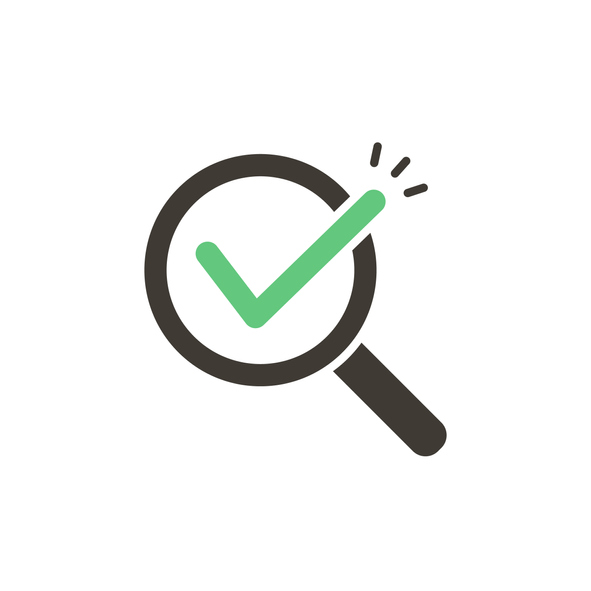The investment mix between Intangible and Tangible Assets has shifted toward intangibles in the last 25 years.
According to OECD, Important distortions could arise if intangible assets are not properly accounted for in company and national accounts:
- Capital markets might misallocate resources for investment, given preferences for tangible assets as collateral.
- Within companies, management decisions could be distorted.
- Biased or fraudulent financial reporting might be facilitated.
- National income, saving and investment data could be understated.
It's time to adopt the new paradigme: Intangible Assets must be booked.
Important distortions could arise if intangible assets are not properly accounted for in company:
- Banks and Capital markets might misallocate resources for investment, given preferences for tangible assets as collateral.
- Management decisions could be distorted.
- Biased or fraudulent financial reporting might be facilitated.
- The inconsistent and incomplete recognition of intangible assets in financial statements distorts performance metrics.
- The capital and profit are understated. The combined effect is generally to overstate return on capital.
An intangible asset is an identifiable non-monetary asset without physical substance. An asset is identifiable if it either:
(a) is separable, ie is capable of being separated or divided from the entity and sold, transferred, licensed, rented or exchanged, either individually or together with a related contract, identifiable asset or liability, regardless of whether the entity intends to do so; or
(b) arises from contractual or other legal rights, regardless of whether those rights are transferable or separable from the entity or from other rights and obligations.
The recognition of an item as an intangible asset requires an entity to demonstrate that the item meets:
(a) the definition of an intangible asset; and
(b) the recognition criteria. An intangible asset shall be recognised if, and only if:
- it is probable that the expected future economic benefits that are attributable to the asset will flow to the entity; and
- the cost of the asset can be measured reliably.
The factors that need to be taken into account after inicial recognition as an Intangible Asset are:
- Strategic management of Intangible Assets
- Determine the useful live of Intangible Assets
- Calculate the amortitation of Intangible Assets
- Adopt a policy for accounting of Intangible Assets after initial recognition.
- Expenditure on research (or on the research phase of an internal project) shall be recognised as an expense when it is incurred.
- An intangible asset arising from development (or from the development phase of an internal project) shall be recognised if, and only if, an entity can demonstrate all of the following:
(a) the technical feasibility of completing the intangible asset so that it will be available for use or sale.
(b) its intention to complete the intangible asset and use or sell it.
(c) its ability to use or sell the intangible asset.
(d) how the intangible asset will generate probable future economic benefits. Among other things, the entity can demonstrate the existence of a market for the output of the intangible asset or the intangible asset itself or, if it is to be used internally, the usefulness of the intangible asset.
(e) the availability of adequate technical, financial and other resources to complete the development and to use or sell the intangible asset.
(f) its ability to measure reliably the expenditure attributable to the intangible asset during its development.








